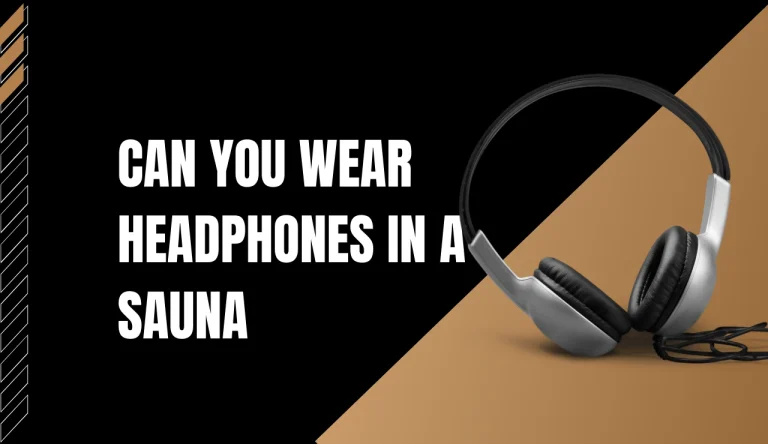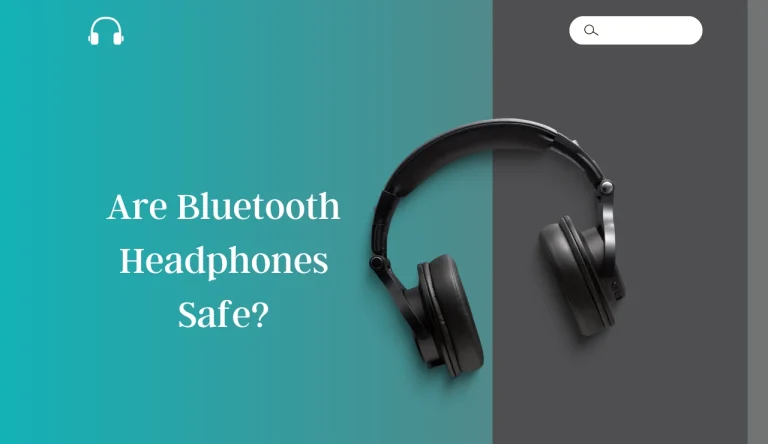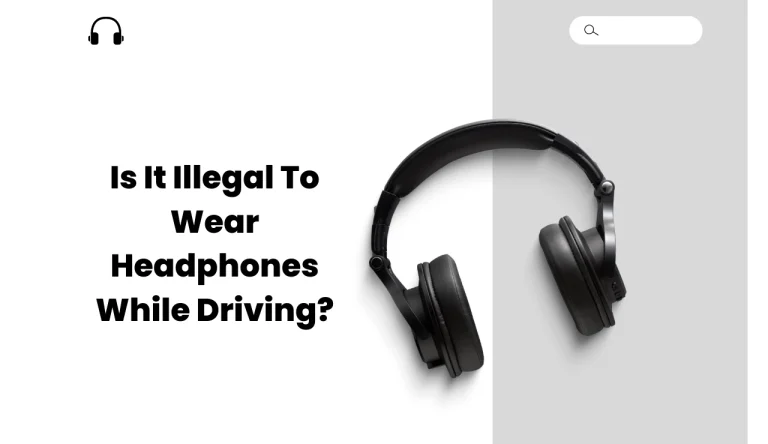When Were Headphones Invented?
Did you ever wonder when were headphones invented? Well, let’s take a journey through time to explore the origins of this remarkable audio device.
In the late 19th century, sound transmitting devices were already in use, but it was not until the early 20th century that the concept of headphones truly took shape.
The invention of the Electrophone in 1895 marked a significant milestone in audio technology, allowing individuals to listen to live performances remotely using telephone lines and a set of earpieces.
This breakthrough paved the way for further advancements in headphone design and functionality.
As technology progressed, headphones became more accessible and widely commercialized, revolutionizing music and audio consumption.
Over time, various styles and features emerged, catering to different needs and preferences.
Today, we enjoy an array of headphone options ranging from wireless Bluetooth models to noise-canceling ones.
So buckle up as we delve into the fascinating history and evolution of headphones – a device that continues to enhance our auditory experiences.
Key Takeaways
- Headphones were invented in the late 19th century and took shape in the early 20th century.
- The invention of the Electrophone in 1895 allowed for remote listening through telephone lines and earpieces.
- The commercialization of headphones began in the late 1800s, making them widely accessible for personal use.
- Advancements in headphone design and technology include stereo headphones, wireless headphones, and noise-canceling headphones.
Early Sound Transmitting Devices
The invention of headphones can be traced back to early sound transmitting devices. Before the advent of headphones, people used various methods to reproduce sound. One such method was the use of acoustic horns and ear tubes that allowed sound to be directed towards the listener’s ears. These early headphone designs were bulky and often required the listener to hold them in place.
However, advancements in technology led to the birth of the electrophone, a device that could transmit sound electrically. This marked a significant development in sound reproduction as it allowed for more convenient and portable listening experiences. The electrophone paved the way for modern-day headphones by introducing the concept of using electrical signals to produce audio.
Transitioning into the subsequent section about the ‘birth of the electrophone,’ we see how this innovation revolutionized personal audio consumption.
Birth of the Electrophone
Imagine a time when people first experienced the joy of listening to music privately, thanks to the birth of the Electrophone. Invented in 1895 by Valdemar Poulsen, the Electrophone marked a significant milestone in sound transmitting devices. This early system allowed individuals to listen to live performances through telephone lines, revolutionizing communication and entertainment.
The invention timeline reveals that the Electrophone was an important precursor to modern headphones. It paved the way for personal audio experiences and set a foundation for future advancements. The impact on communication cannot be overstated, as it allowed people to enjoy music or other audio content without disturbing those around them. This newfound privacy had far-reaching effects on society, shaping our modern understanding of personal space and individual enjoyment.
Transitioning into the next section about commercialization of headphones, this groundbreaking invention laid the groundwork for further innovation in private listening experiences.
Commercialization of Headphones
Step into a world of immersive audio experiences with the commercialization of headphones, where you can fully indulge in your favorite music and podcasts.
The invention timeline of headphones dates back to the late 1800s when they were first introduced as an alternative to loudspeakers. Initially used by telephone operators, it wasn’t until the early 20th century that headphones became more widely available for personal use.
Over time, these auditory devices gained popularity and started influencing various aspects of culture, including music production, radio broadcasting, and even aviation communication. The ability to listen privately revolutionized the way we consume media and created a sense of individuality in our audio experiences.
As technology advanced, headphones evolved in design and functionality, leading us into the next section about advancements in design and technology.
Advancements in Design and Technology
When it comes to advancements in headphone design and technology, there are three key points to consider.
First, the introduction of stereo headphones revolutionized the way we experience audio by providing a more immersive and realistic listening experience.
Second, the development of wireless headphones eliminated the hassle of tangled cords and allowed for greater freedom of movement.
Lastly, noise-canceling headphones have become a game-changer for those seeking to block out unwanted background noise and fully immerse themselves in their music or podcasts.
These advancements have significantly enhanced the overall headphone experience and continue to shape the future of audio technology.
Introduction of stereo headphones
Although stereo headphones first emerged in the late 1950s, their introduction revolutionized the way people experienced music by providing a more immersive and spatial audio experience.
Prior to this invention, listeners were limited to monaural sound reproduction through single-earpiece headphones.
The arrival of stereo headphones allowed individuals to enjoy music in a new way, with separate channels for the left and right ears, creating a sense of depth and realism.
This innovation had a significant impact on listening habits, as it enhanced the overall quality and enjoyment of music playback.
As technology continued to evolve, wireless and noise-canceling headphones became the next step in audio advancement, offering even greater convenience and improved sound isolation for users.
Development of wireless and noise-canceling headphones
Now that we’ve explored the introduction of stereo headphones, let’s dive into the fascinating development of wireless and noise-canceling headphones.
These advancements have revolutionized the way we experience audio. Wireless connectivity has freed us from tangled cords, allowing for more mobility while enjoying our favorite tunes or podcasts.
Additionally, active noise cancellation technology has made it possible to immerse ourselves in our chosen audio without external distractions. This incredible feature uses microphones to analyze ambient sounds and creates an opposite sound wave to cancel them out, resulting in a quieter listening environment.
The combination of wireless connectivity and active noise cancellation has elevated the headphone experience to new heights, providing unparalleled convenience and exceptional sound quality.
As we move forward, it’s important to recognize the profound impact these innovations have had on music and audio consumption.
Impact of Headphones on Music and Audio Consumption
Immerse yourself in a whole new audio experience with the invention of headphones, revolutionizing how music is consumed. The cultural significance of headphones can’t be overstated. They’ve allowed individuals to create personal soundscapes and retreat into their own musical worlds, influencing music consumption habits and shaping the way we connect with our favorite artists.
However, this shift towards individualized listening experiences has raised concerns about the potential health implications of prolonged headphone use. Studies have shown that extended exposure to loud volumes can lead to hearing loss and other auditory issues.
As we delve into the next section on the evolution of headphone styles and features, it becomes evident that manufacturers are constantly striving to strike a balance between providing immersive audio experiences while ensuring user safety and comfort.
Evolution of Headphone Styles and Features
The evolution of headphone styles and features has led to a diverse range of options for music lovers to choose from, enhancing their listening experiences in ways they never thought possible.
Over the years, headphones have undergone significant changes in terms of design, materials, and functionalities. From the bulky over-ear designs of the past to the sleek and compact earbuds we see today, manufacturers have continuously worked towards creating more comfortable and stylish options.
Additionally, advancements in technology have allowed for innovative features such as noise cancellation, wireless connectivity, and touch controls.
However, it’s important to note that while headphones provide an immersive audio experience, prolonged use at high volumes can have negative effects on hearing health.
As we look towards the future of headphones, it’s crucial to find a balance between technological advancements and protecting our ears from potential harm.
Future of Headphones
With the constant evolution of technology, headphone enthusiasts can expect even more groundbreaking advancements in the near future. Wearable technology is a growing trend, and it’s expected to have a significant impact on the future of headphones.
Companies are already exploring ways to integrate sensors and fitness tracking capabilities into headphones, allowing users to monitor their health and fitness levels while enjoying their favorite music.
Another exciting development is the integration of virtual reality (VR) technology into headphones. VR headsets are becoming increasingly popular, and having high-quality audio that complements the immersive visual experience is crucial.
Future headphones may incorporate advanced spatial audio technologies that enhance the VR experience by providing realistic sound localization and depth perception.
As technology continues to improve, we can look forward to an exciting future for headphone enthusiasts everywhere.
Frequently Asked Questions
Conclusion
In conclusion, headphones have come a long way since their invention in the late 19th century.
From early sound transmitting devices to the birth of the electrophone and commercialization of headphones, advancements in design and technology have revolutionized audio consumption.
With various styles and features available today, headphones cater to different preferences and needs.
As technology continues to evolve, it’ll be interesting to see how headphones adapt and enhance our audio experiences in the future.






